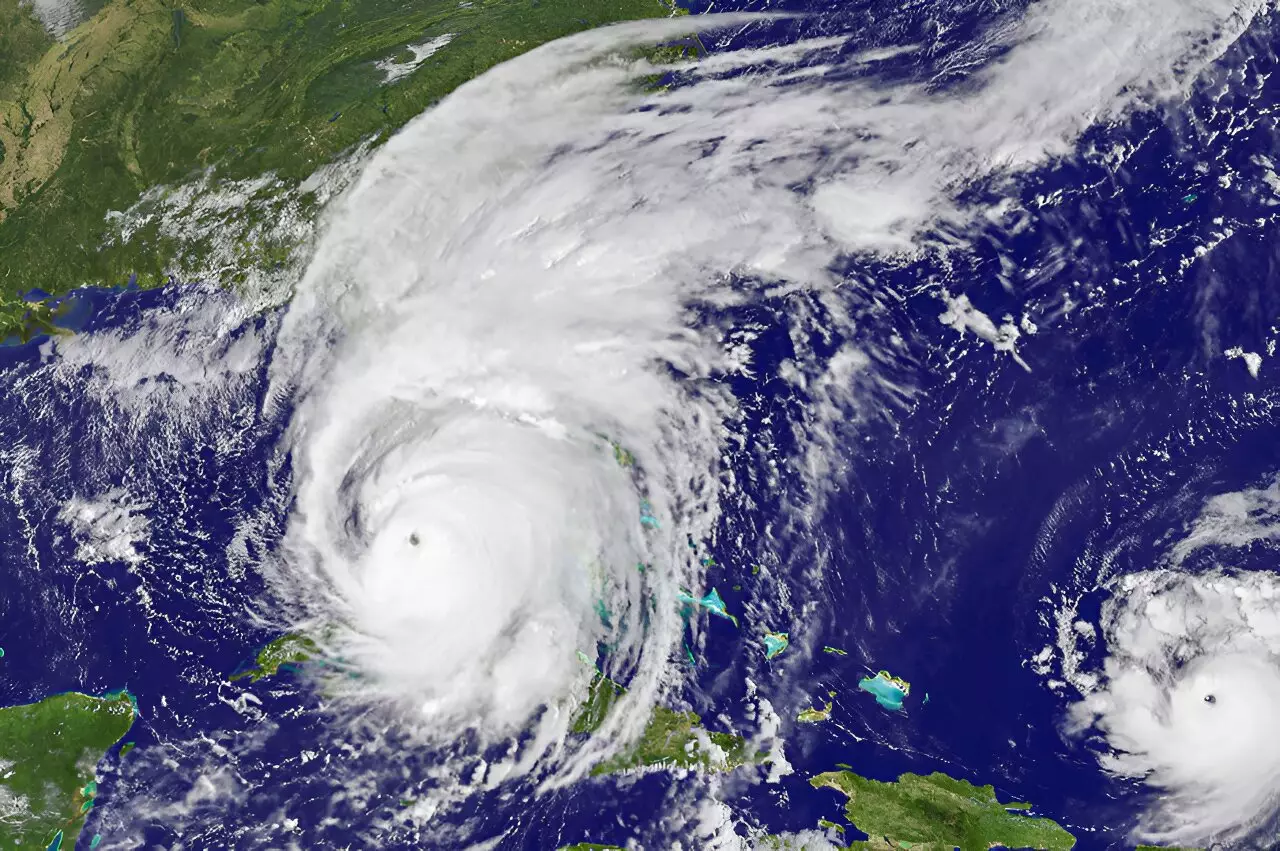When we think of natural disasters like Hurricane Irma, our minds often gravitate towards catastrophic infrastructural damage, cut-off power lines, and the threat to human lives. Indeed, when Hurricane Irma made landfall in Florida on September 10, 2017, the aftermath was stark: over 600 cellphone towers malfunctioned, nearly 900,000 residents were plunged into darkness, and extensive flooding swallowed parts of Miami-Dade County. However, the consequences extended beyond the immediate physical devastation. A significant uptick in mosquito populations surfaced post-hurricane, raising alarms about public health and vector-borne diseases amidst the chaos.
Understanding the Environmental Conditions
A closer look at the environmental conditions in the wake of Hurricane Irma reveals the intricate relationship between natural disasters and disease outbreaks. The unusual combination of warm temperatures, heightened humidity, and nutrient-rich floodwaters created a fertile environment for mosquito breeding. Imelda Moise, a health geographer from the University of Miami, led a study reflecting these dynamics, which noted that these conditions were not mere coincidences but rather a biological reaction to the changes influenced by the storm. The surge in mosquito populations post-Irma served as a grim reminder that nature has a way of rebounding even in the most destructive of circumstances.
Moise and her team embarked on a comprehensive examination of mosquito abundance and species in Miami-Dade County in the years surrounding Irma. Analyzing mosquito trap data collected over 160 locations and integrating meteorological data, they uncovered some alarming statistics. Mosquito captures surged dramatically, with 7.3 to 8 times more mosquitoes collected in the month following the storm compared to the same period before and after the disaster. This spike has profound implications, particularly when considering the health risks associated with specific mosquito species.
Among the 32 species documented, the Culex nigripalpus emerged as the predominant variety, making up over 70% of collections. Known to be a key vector for diseases such as West Nile virus, the rise in their population indicates a potential public health crisis looming amid an already challenging post-storm recovery period.
Challenges of Misconceptions
Interestingly, previous assumptions suggested that heavy rains—which often accompany hurricanes—would naturally plummet mosquito populations by washing away breeding sites. However, the findings from Moise’s study challenged this idea, demonstrating that rather than diminishing, mosquito populations can rebound rapidly in the aftermath of severe weather events. In fact, within just one week after the storm, these populations greatly proliferated, raising questions about how disaster recovery protocols might need to adapt in light of these insights.
As hurricane season persists, the implications of Moise’s study grow more pressing. The study highlighted a need for increased vigilance among residents in regions at risk for subsequent hurricanes. The importance of public health education cannot be overstated; while people often focus on the immediate risks posed by nuisance mosquitoes, there’s an urgent necessity to consider those that harbor and transmit viruses. Communities recovering from storms must be proactive in implementing mosquito control measures to mitigate the risks associated with vector-borne diseases.
Moise’s research also points out that neighborhoods with higher population densities faced a heightened risk of mosquito outbreaks, suggesting that social determinants significantly influence health outcomes in a post-disaster context. This indicates a need for tailored public health strategies that address the unique vulnerabilities present in densely populated urban areas.
Looking Ahead: Further Research and Community Awareness
In light of these findings, Moise hopes to spearhead further studies aimed at understanding the connections between hurricane impacts and vector-borne disease outbreaks in affected coastal cities. This research could be invaluable in developing effective responses to future storms and their aftermath.
Collectively, her findings not only serve as an urgent reminder of the complex relationship between natural disasters and public health but also instill a sense of responsibility. As communities brace for the next storm, it becomes paramount to integrate vector-borne disease preparedness into emergency response strategies and enhance public awareness regarding the risks that follow such disasters. Mindful action today can help mitigate the silent but significant toll that hurricanes wield in the form of rising mosquito populations and the diseases they may transmit.


Leave a Reply